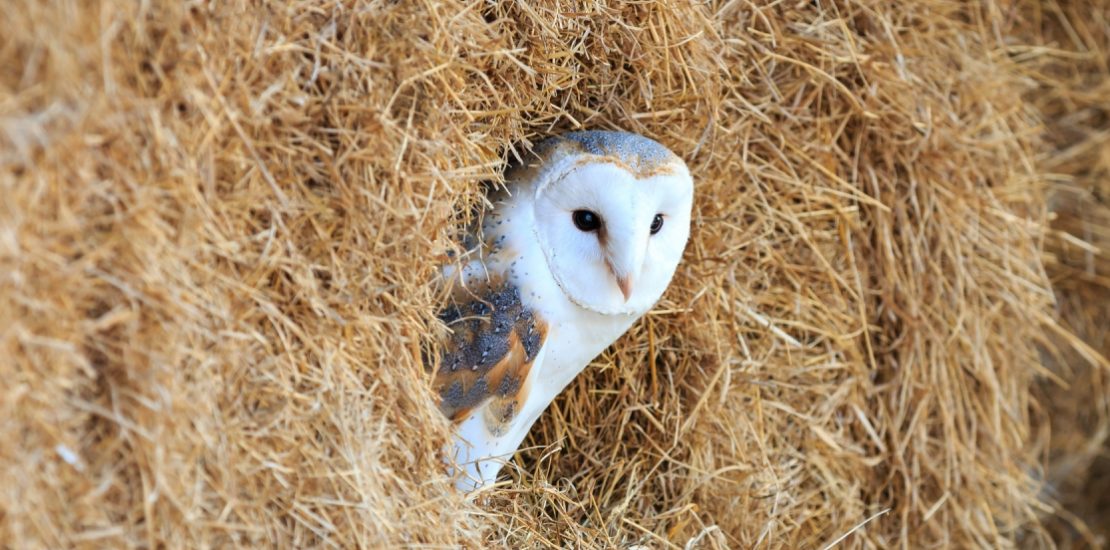State of the UK Barn Owl Population 2016
- March 6, 2017
- Posted by: admin
- Category: Industry News

The Barn Owl Trust have released their annual report on the state of the UK’s Barn Owl population for the 2016 season
Cheshire’s Barn Owl population has fared better than most.
With a few caveats to barn owl survey data and records submitted the general consensus of 2016 was that it was ‘a poor year in most areas, generally better in the west of England’. Overall Barn Owl populations were down 6% with mean brood size (the average number of young barn owls in the nest) also falling by 7%. Although the report makes no attempt to estimate the UK population level it does at least provide a valuable overview of the 2016 breeding success. This is achieved through the valuable input of 32 independent Barn Owl projects and groups across the UK who provided their results to the report’s authors, the Barn Owl Trust.
Barn Owls in the Northwest:
Barn Owl’s in Cheshire recorded a very good year with nest occupancy up by 13% however an extended survey window may shed some light on the inflated success rate. Barn Owls in Manchester were conversely down by 13%. No records were submitted to the project for Barn Owls in Lancashire or Cumbria.
Causes of Barn Owl population fluctuations:
There is no one issue that can be solely attributed to the overall trend in the falling population. Climate change is a contributing factor. In its most simplistic form, the wet summer of 2015 and associated flooding are likely to have greatly reduced field vole populations, a valuable food source for Barn Owls (as well as Long Eared Owls and Tawny Owls). Changes in land use can have an impact with inconsiderate habitat management reducing suitable foraging ground and cover for prey species. Potential increases in road collisions as infrastructure expands may pose another risk to UK populations.
The report advises that ‘Barn Owl sites become unoccupied, not so much because older birds die, but because there is a shortage of younger birds to replace them’. A goal for stabilizing the population then is to ensure breeding is successful and that the brood survives.
There are ways in which we can all help the UK’s Barn Owls; even if you don’t live in an area typical of barn owl habitat you can still help the species by:
- Avoid using rat poison (rodenticides)
- Buy from wildlife friendly farmers
- Join your nearest Barn Owl group or start your own!
- Support the Barn Owl Trust and their work
If you are lucky enough to live in an area where you know Barn Owls are present or you think habitat conditions are suitable for Barn Owls, help encourage them by:
- Manage land for Barn Owls (leave areas of grass uncut to encourage small mammals)
- Provide a roosting space or Barn Owl nest box
- Offer extra food in bad weather
- Check local planning applications to see that barn owls are accounted for in rural developments
The State of the UK Barn Owl Population 2016 Report may be downloaded directly from the Barn Owl Trust website where you will also find details of how you can support their work and find your local Barn Owl group plus much more, click here: http://www.barnowltrust.org.uk/state-barn-owl-population-2016/
Our ecologists have been trained directly by the Barn Owl Trust to undertake appropriate professional survey and assessment of development sites for the presence of Barn Owls and produce reports and design mitigation strategies to aid planning applications when Barn Owls are present. Find out more about our Barn Owl surveys here: https://contractecology.co.uk/barn-owl-surveys/